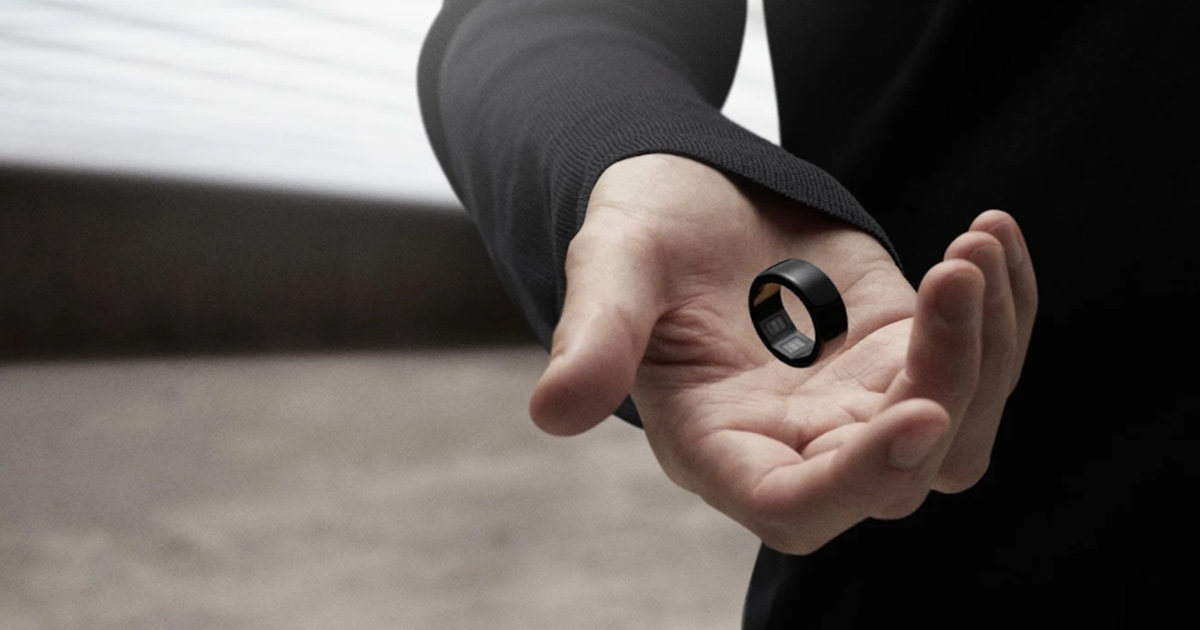Rise of remote patient monitoring reveals the true value of telehealth
07 Jul 2022

Preview
Source: mobihealthnews
Photo: Courtesy of Sky Labs
The advantages of telehealth beyond enabling physician/patient relationships to continue virtually are now driving adoption in many aspects of care provision that were critically disrupted by the pandemic – most notably preventive healthcare, remote patient monitoring and chronic disease management.
While clinicians derive great value from the flexibility and efficiencies enabled by these digital health tools, patients are also likely to take a more proactive role in their uptake. As they become more invested in the management of their own care and wellbeing, the consumerisation of telehealth technologies such as wearable devices will empower them to share their health data with healthcare professionals in more innovative ways.
Chronic disease management
With chronic conditions such as diabetes and heart disease on the rise, particularly among ageing populations, the digital collection and monitoring of data is one of the main ways in which physicians can build more complete pictures of their patients’ health. Real, continuous, long-term readings can also help with the diagnosis of difficult-to-detect and potentially serious conditions such as atrial fibrillation (AF).
Exploiting the preventive element of telehealth solutions is seen by many digital health experts as a key trend for 2022. The range of health data that can be captured at home enables doctors to make pre-emptive changes to therapy, take preventive steps, tailor treatments, admit the patient to hospital, and monitor and triage patients for any post-discharge changes to their health. In some situations, this data can be managed by a broader care team, which can escalate to the doctor if the patient’s condition changes.
Remote patient monitoring
Remote patient monitoring can also be an equaliser for communities that have traditionally had difficulty accessing healthcare, ensuring that all patients receive the high-quality, continuous care their condition requires.
From the patient’s perspective, telehealth tools that trigger medication alerts can help to improve compliance. They can also be used to communicate changes to care and physician advice in response to readings. Some digital health leaders have even identified an emerging role for telehealth in recruiting a wider range of patients to clinical trials which they would not normally participate in.
Discreet devices
The use of remote monitoring devices in this rapidly evolving landscape can help to increase diagnosis the diagnosis rate, and to streamline treatment and care for a range of chronic conditions. The CART-I (Cardio-Tracker) from Sky Labs, for example, has already earned CE-MDD approval in Europe. Worn as a ring and connected to the cloud, it creates analysis reports, acquires data to plan therapy, and sends an alert if a patient’s condition changes
Sky Labs CEO Jack Lee says: "It will help patients with chronic disease to manage various conditions including heart failure, help manage the entire chronic disease cycle from screening to diagnosis to follow-up, and also allow us to accurately collect data in increasingly large-scale decentralised trials."
For more details,please visit the original website
The content of the article does not represent any opinions of Synapse and its affiliated companies. If there is any copyright infringement or error, please contact us, and we will deal with it within 24 hours.
Organizations
Indications
Targets
-Hot reports
Get started for free today!
Accelerate Strategic R&D decision making with Synapse, PatSnap’s AI-powered Connected Innovation Intelligence Platform Built for Life Sciences Professionals.
Start your data trial now!
Synapse data is also accessible to external entities via APIs or data packages. Leverages most recent intelligence information, enabling fullest potential.




